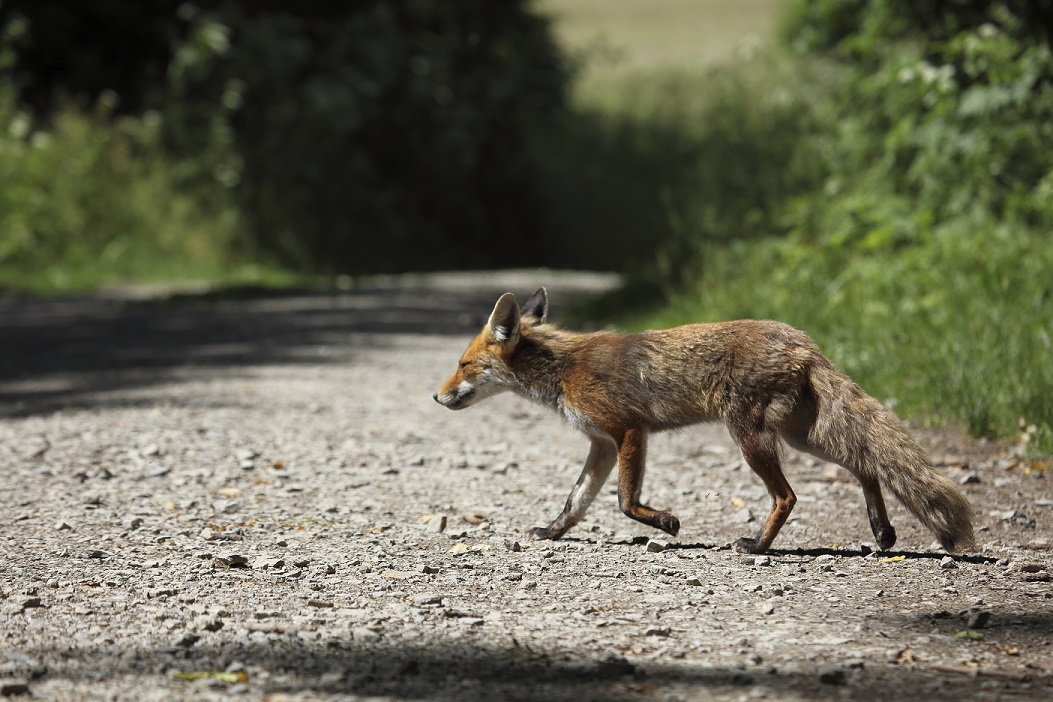 Rabies is a virus spread by the bite of or contact with saliva of an infected animal. The disease causes damage to the nervous system and causes death once symptoms appear. In Arizona, bats, skunks, and foxes are the main sources of rabies. Rabies is not uncommon in Arizona wildlife, and the virus occurs naturally in these animals, usually at low levels. However, on occasions there are major outbreaks within one of the reservoir animals. When rabies activity increases within these animal groups, “spillover” into other mammal species, such as coyotes, bobcats, horses, and cows, can occur.
Rabies is a virus spread by the bite of or contact with saliva of an infected animal. The disease causes damage to the nervous system and causes death once symptoms appear. In Arizona, bats, skunks, and foxes are the main sources of rabies. Rabies is not uncommon in Arizona wildlife, and the virus occurs naturally in these animals, usually at low levels. However, on occasions there are major outbreaks within one of the reservoir animals. When rabies activity increases within these animal groups, “spillover” into other mammal species, such as coyotes, bobcats, horses, and cows, can occur.
For the past three and a half years an outbreak of rabies has been affecting the skunk populations of southern Arizona. The areas affected include Santa Cruz, southern Pima and western Cochise Counties. The outbreak, or ‘epizootic’, flared-up in late October 2013 and appears to be continuing. To date 189 confirmed rabid animals are associated with this rabies outbreak: 185 skunks, one bobcat, one horse and one cat.
Rabies is always cycling in Arizona’s wildlife, but the good news is that it is preventable for people and animals. People, especially school children, are encouraged to avoid direct contact with wildlife. People should seek immediate medical attention if bitten and contact local public health. No one should approach animals that act strangely or appear sick. Instead people should contact the Arizona Game and Fish Department or local animal control. A good rule of thumb is to avoid any unfamiliar animal, wild or domestic.









